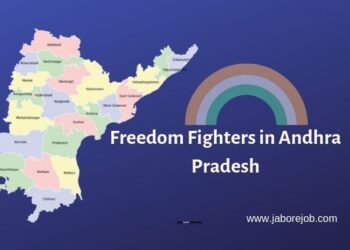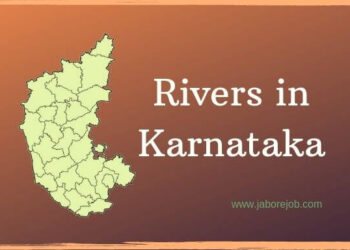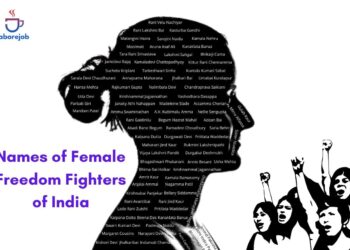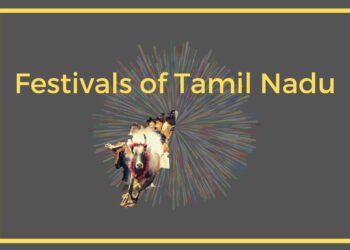51. Bipin Chandra Pal

- Full Name: Bipin Chandra Pal
- Born: 7 November 1858, Habiganj Sadar Upazila, Bangladesh
- Died: 20 May 1932, Kolkata
- Spouse: Birajmohini Devi (m. 1891), Nrityakali Devi (m. 1881)
Bipin Chandra Pal’s journalistic career saw him on the editorial team of Bengal Public Opinion, Calcutta, as editor-in-chief of the Lahore Tribune from 1887 to 1888, founding editor of English weekly India in 1901, and founding editor of the Daily Bande. Mataram in 1906, which was later banned by the government.
Aurobindo is called “the most powerful prophet of nationalism”, Bipin Chandra advocated energetically for passive resistance, the boycott of English products, the cessation of all association with the foreign government, and the promotion of national education.
52. Vinoba Bhave (1895-1982)
- Full Name: Vinayak Narahari Bhave
- Born: 11 September 1895, Maharashtra
- Died: 15 November 1982, Pavnar
- Parents: Rukmini Devi, Narahari Shambhu Rao
Vinoba Bhave was mainly interested in the philosophical literature. He joined Sabarmati Ashram and became one of Mahatma Gandhi’s closest associates. He was a great freedom fighter. He actively participated in the ‘Nagpur Salt Satyagraha’, the ‘Dandi March’, and the ‘Temple Entry Movement in Kerala. He was chosen by Gandhi as the first Satyagrahi of the individual civil disobedience movement.
He is best known for the “Bhoodan Movement”. In 1958, Vinoba was the first recipient of the Ramon Magsaysay International Award for Community Leadership. He received the “Bharat Ratna” award.
53. Matangini Hazra (1870-1942)
- Full Name: Matangini Hazra
- Born: 19 October 1870, Tamluk
- Died: 29 September 1942, Tamluk
- Parents: Thakurdas Maity, Bhagabati Maity
Matangini Hazra was a freedom fighter and a martyr of British bullets. In 1933, Sir John Anderson, then governor of Bengal, went to Tamluk to speak in front of a well-filtered meeting, but despite security, Matangini managed to organize a demonstration with the black flag in front of the platform. She was sentenced to six months of rigorous prison, which is not a small burden for a woman of her age.
Their luck came when, in the chaos, the villagers ordered the villagers to stop holding the bayonet. The bullets followed quickly and this brave 72-year-old woman died with the words “Vande Mataram” on her lips, holding the Indian flag.
54. Begum Hazrat Mahal (1820-1879)
- Born: 1820, Faizabad
- Died: 7 April 1879, Kathmandu, Nepal
- Spouse: Wajid Ali Shah
- Children: Birjis Qadr
Begum Hazrat Mahal, during the first Indian War of Independence in 1857-58, Begum Hazrat Mahal led a team of people who supported him in the revolt against the British. She managed to take over the state of Lucknow and take control of it.
Later, British forces took Lucknow and a substantial part of Awadh and Begum had to withdraw. She refused to accept any kind of favors and subsidies offered by the British rulers. She used all her forces to liberate the Awadh State from the clutches of the British Raj authorities. Finally, she took refuge in an asylum in Nepal, where she died in 1879.
55. Senapati Bapat (1880-1967)
- Full Name: Pandurang Mahadev Bapat
- Born: 12 November 1880, Parner
- Died: 28 November 1967, Mumbai
- Known for: Gandhian philosophy
The freedom fight of Senapati Bapat was not to use violence in the struggle, or how the new India should be governed. His goal in life was to see a free India by all possible means. He planned to join other revolutionaries to use it against the British government, not to kill innocent victims, but to draw attention to the cause of freedom.
His last trip to the prison was the refusal to speak at a public rally organized by Netaji Subash Chandra Bose. After Independence, he was very active in political life. He died on 28th November 1967, at the age of 87 years.
56. Garimella Satyanarayana (1893-1952)
- Full Name: Garimella Satyanarayana
- Born: 14 July 1893, Narasannapeta
- Died: 18 December 1952, Chennai
- Famous song written: Maakoddee Telladoratanamu
Garimella Satyanarayana influenced and mobilized the people of Andhra against the British Raj with his patriotic songs and writings, for which he was repeatedly imprisoned by the British administration.
Satyanarayana is identified by her famous song “మాకొద్దీ తెల్ల దొరతనం” (we do not need this white rule). This particular song was popular in the homes of Andhra Pradesh during the independence movement of India. He was imprisoned in 1922 for a year. After leaving prison, he continued his participation in the movement singing songs in villages.
57. Kanaiyalal Maneklal Munshi (1887-1971)
- Full Name: Kanhaiyalal Maneklal Munshi
- Born: 30 December 1887, Bharuch
- Died: 8 February 1971, Mumbai
- Spouce: Lilavati Munshi
Before joining the National Congress of India, Kanhaiyalal Maneklal Munshi was attracted to the revolutionary group. In 1937 he was appointed Home Minister of Bombay Presidency. He played a valuable role in the Quit India movement.
Mr. M. Munshi was a renowned writer, writer, and social reformer. In 1938 he founded Bharatiya Vidya Bhavan, a trust that manages various educational institutions and publishes books on Indian culture. His notable writings include I Follow the Mahatma, The Creative Art of Life, Akhand Hindustan, and Pilgrimage to Freedom.
58. Tiruppur Kumaran (1904-1932)
- Full Name: Kodi Kaatha Kumaran
- Born: 4 October 1904, Chennimalai
- Died: 11 January 1932, Tiruppur
- Parents: Nachimuthu Muthaliyar, Karupayi Ammal
Tiruppur Kumaran was an Indian revolutionary who participated in the Indian independence movement. He founded the Desa Bandhu Youth Association and led demonstrations against the British.
He died as a result of a police attack on the banks of the Noyyal River in Tiruppur during a demonstration against the British government on January 11, 1932. At the time of his death, he carried the Indian national flag banned by the British.
59. Bhikaji Cama (1861-1936)
- Full Name: Bhikaiji Rustom Cama
- Born: 24 Sep 1861 · Mumbai
- Died: 13 Aug 1936 · Mumbai
- Spouse: Rustom Cama (m.1885)
Bhikaji Cama constantly made people aware of the importance of the liberation of the British government. The British were dissatisfied with her popularity and planned murder, but fortunately, Cama came to know early and went to France. In France, she made her home a secret refuge for revolutionaries around the world. In return, the British exiled Cama from their homeland.
In 1905, Cama and her friends designed the first tricolor flag of India with green stripes, saffron, and red with the immortal words – Vanda Matram. Madame Cama raised this flag on 22nd August 1907, for the independence of India at the International Socialist Conference in Stuttgart, Germany.
60. Tipu Sultan (1750-1799)
- Full Name: Fateh Ali Sahab Tipu
- Born: 1 December 1751, Devanahalli
- Died: 4 May 1799, Srirangapatna
- Parents: Hyder Ali, Fatima Fakhr-un-Nisa
Tipu Sultan was rightly called the Mysore Tiger. Bravely, he fought against great difficulties. The greatest ambition of his life was to expel the British from India. For this ideal, he sacrificed his life and his kingdom.
Tipu has led to many bloody battles with the British. He sent an embassy to Paris to ask for help from France. He sent a mission to Mauritius in search of French recruits. The governor of Mauritius invited the French to join Tipu to expel the British from India. The British sent an ultimatum to Tipu and launched an unjust war in which Tipu died sword in hand on May 2, 1799.












